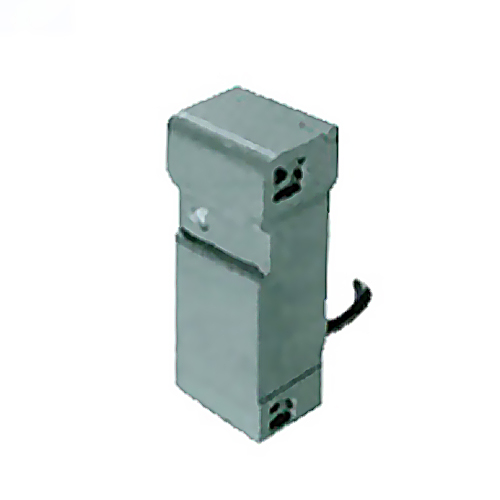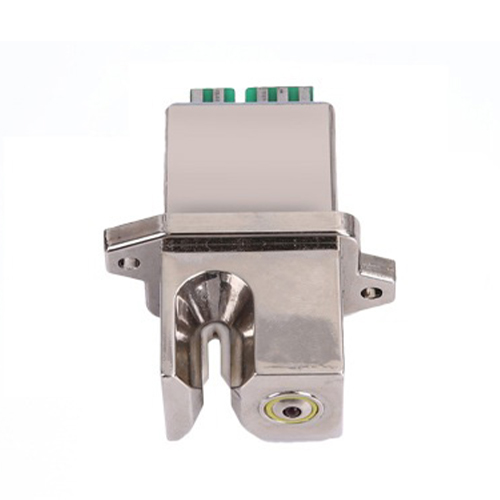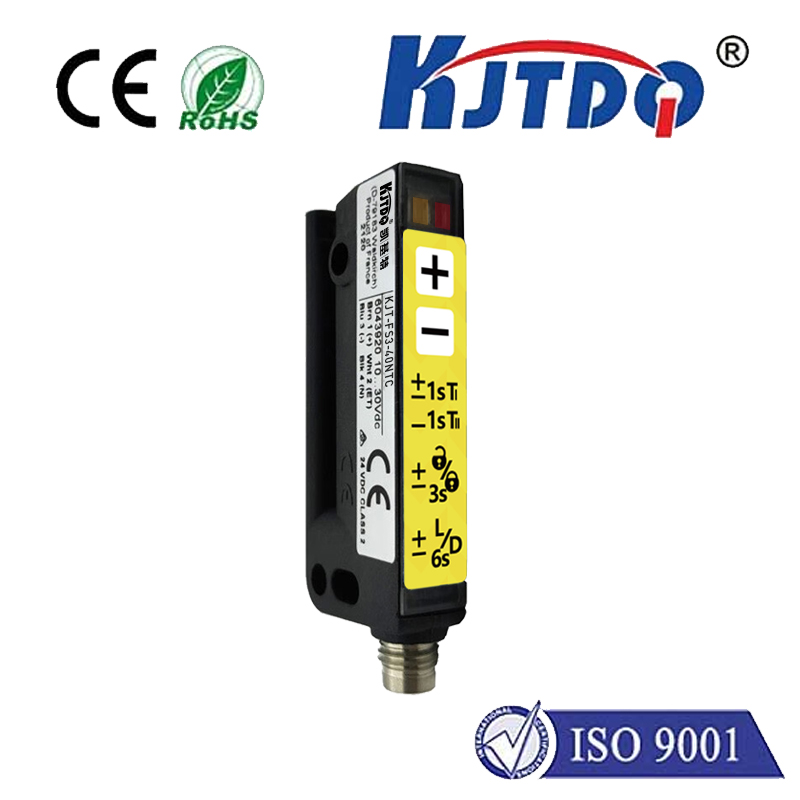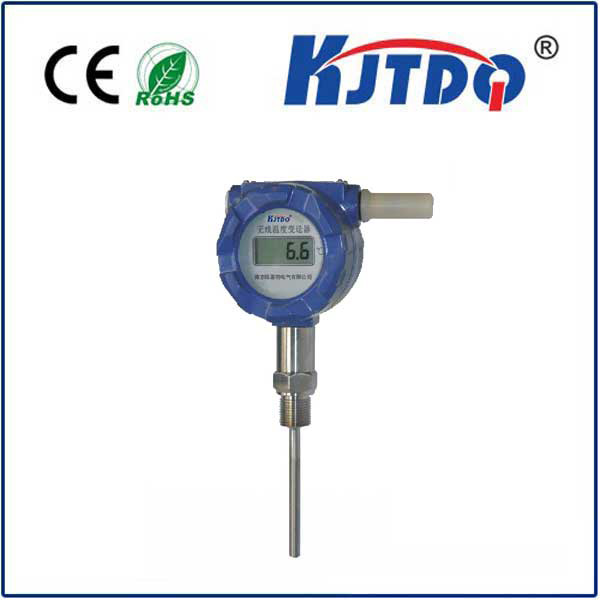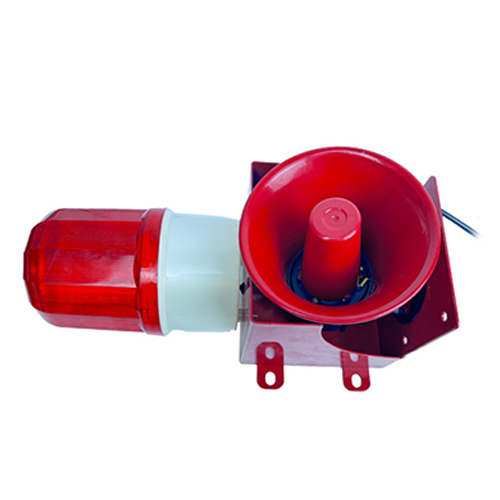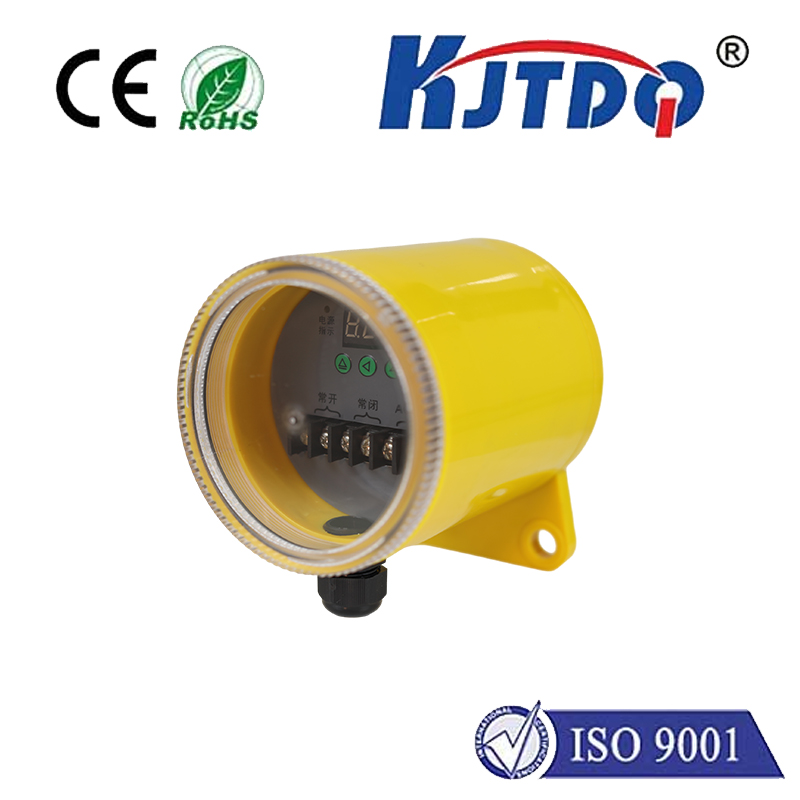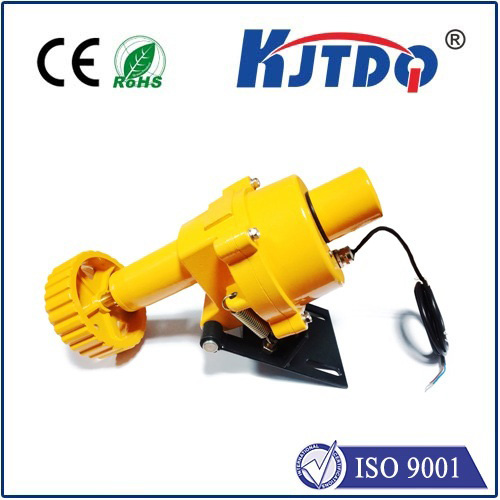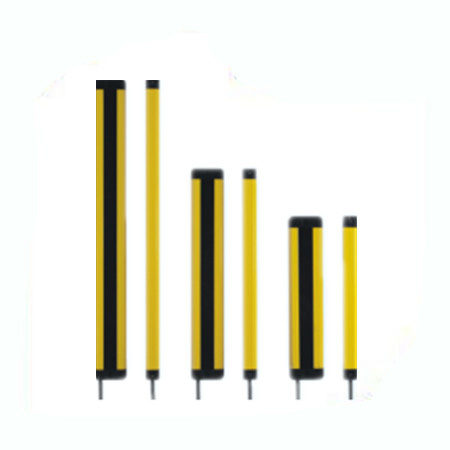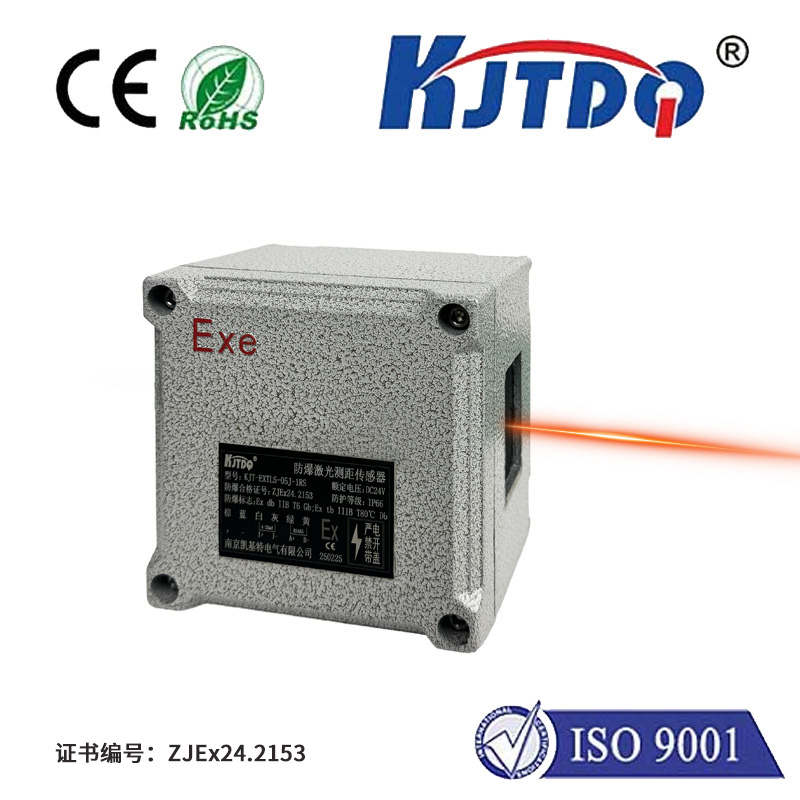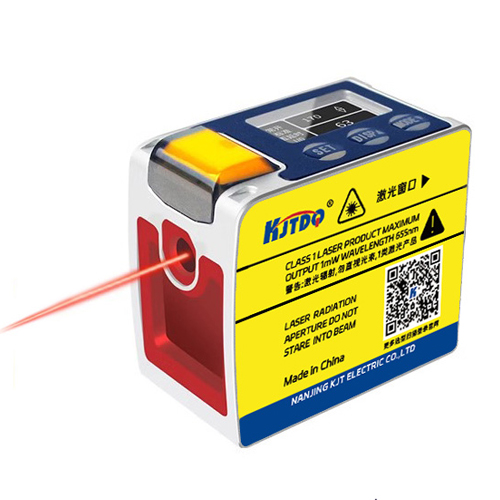

check

check

check

check

check

check

check

check

check

check
Proximity sensors are becoming increasingly popular in various applications due to their ability to detect and measure distances without physical contact. One such sensor that has gained widespread attention is the Osna proximity sensor. In this article, we will delve into the technology behind these sensors and explore how they have revolutionized the world of sensors.
Osna proximity sensors work by using infrared (IR) or ultraviolet (UV) radiation as a means of communicating with objects. When an object comes into contact with the sensor, it sends a signal that is picked up by the sensor's microchip. This signal is then processed and translated into a distance measurement. The accuracy of these sensors depends on factors such as the type of material being detected, the distance between the sensor and the object, and the quality of the IR or UV radiation.
One of the key advantages of Osna proximity sensors is their ability to operate in challenging environments. For example, these sensors can be used in industrial settings where there is a risk of damage to the sensor due to mechanical impacts or electrical faults. Additionally, Osna proximity sensors are non-invasive, making them ideal for use in medical applications where there is a need to measure body temperature or other physiological parameters without causing any discomfort.
Another major advantage of Osna proximity sensors is their low cost and high scalability. Because these sensors are based on existing technology, they are relatively inexpensive compared to other types of sensors. Furthermore, their design makes them easy to integrate into a wide range of devices and systems, making them an attractive option for businesses looking to reduce costs and improve efficiency.
Despite their many advantages, Osna proximity sensors still face some challenges. One such challenge is maintaining accurate measurements over time. As with any electronic device, the performance of Osna proximity sensors can degrade over time due to factors such as exposure to sunlight or dust buildup. To address this issue, manufacturers are constantly working to improve the design and manufacturing processes of these sensors, ensuring that they remain accurate and reliable over long periods of use.
In conclusion, Osna proximity sensors have emerged as a game changer in the world of sensors, offering a range of advantages over traditional proximity sensors. With their ability to operate in challenging environments, low cost, and high scalability, these sensors are well positioned to play a significant role in shaping the future of sensor technology. As manufacturers continue to refine and improve these sensors, we can expect to see even more innovative applications emerge in the years ahead.
